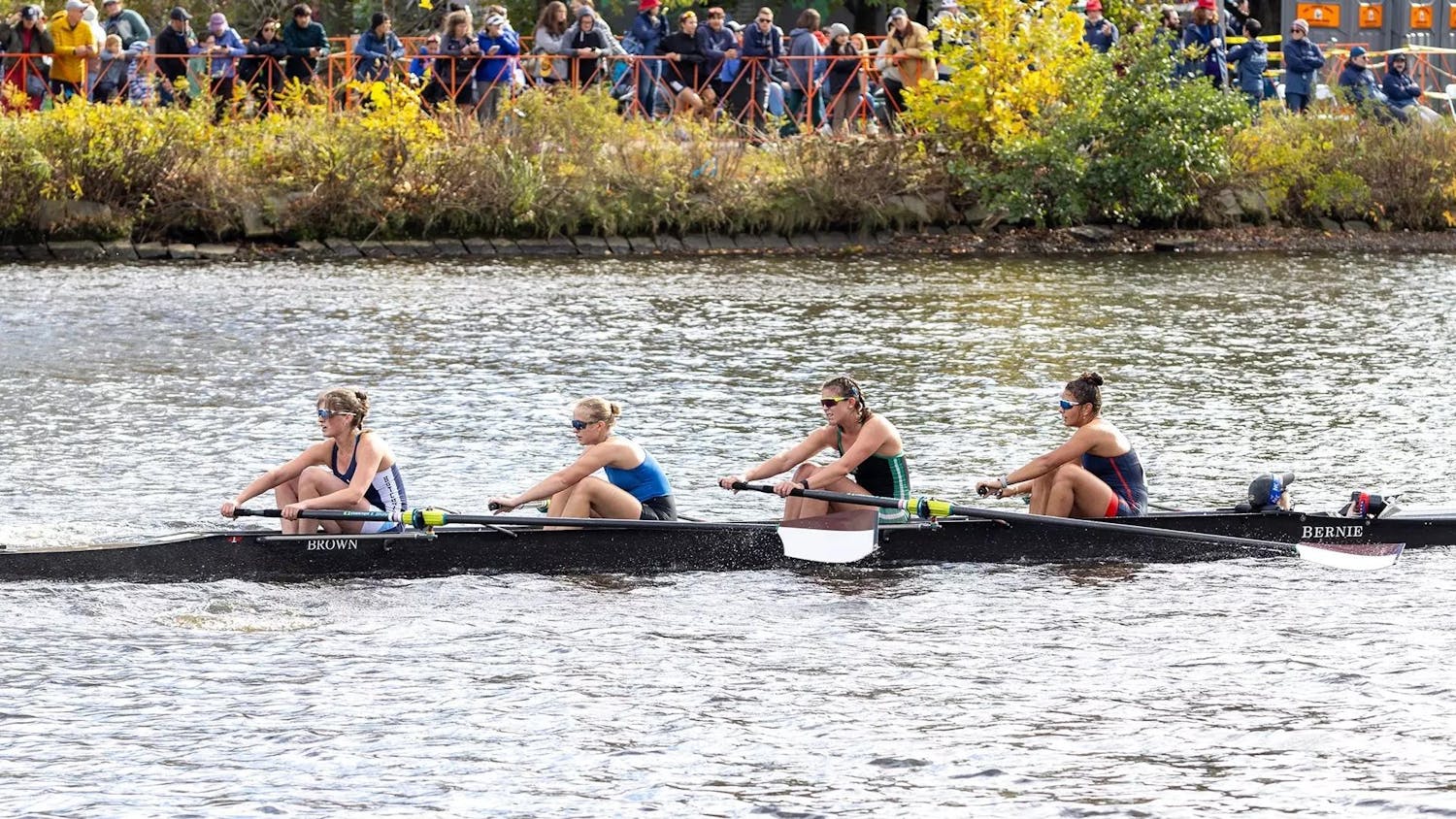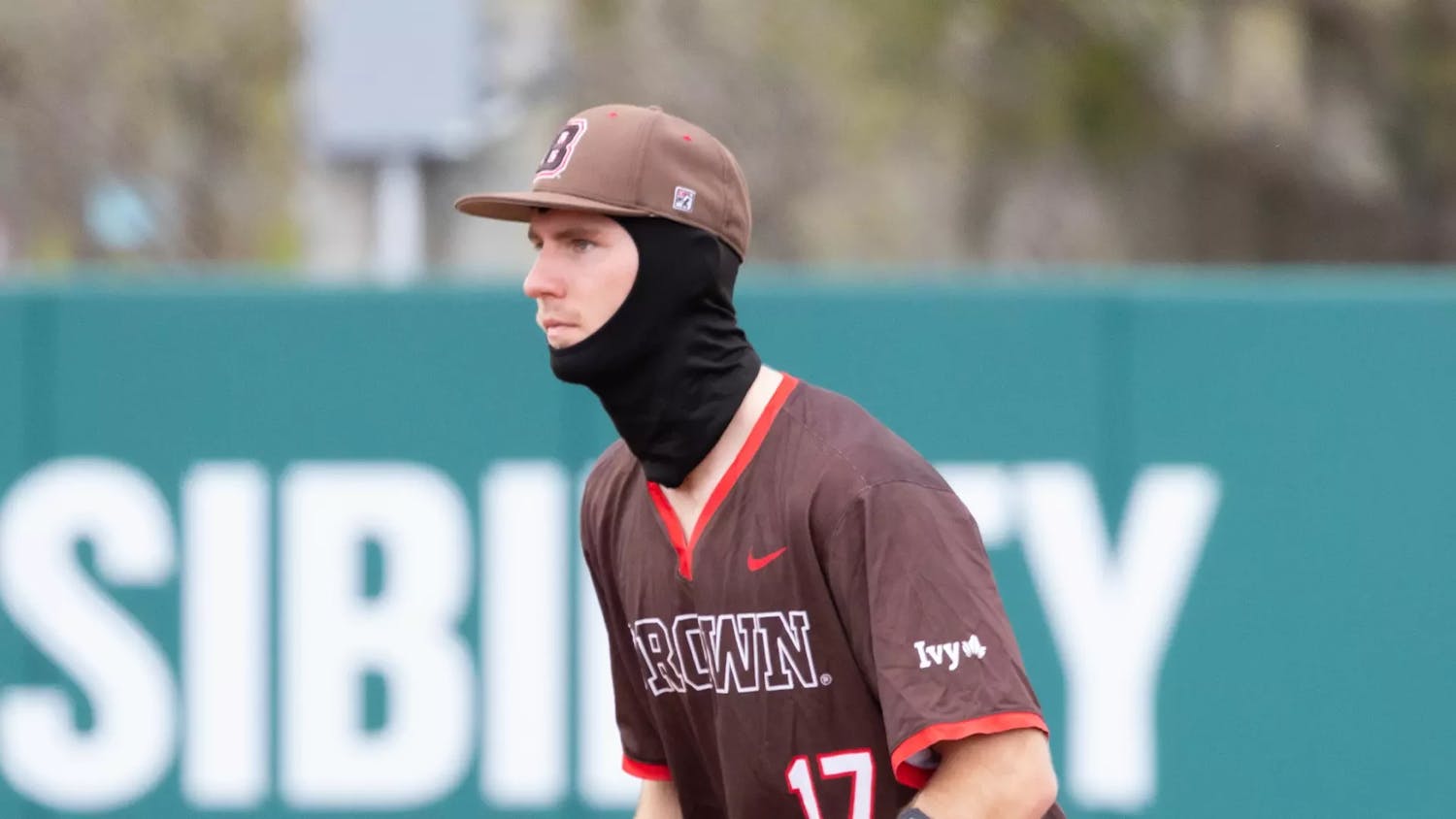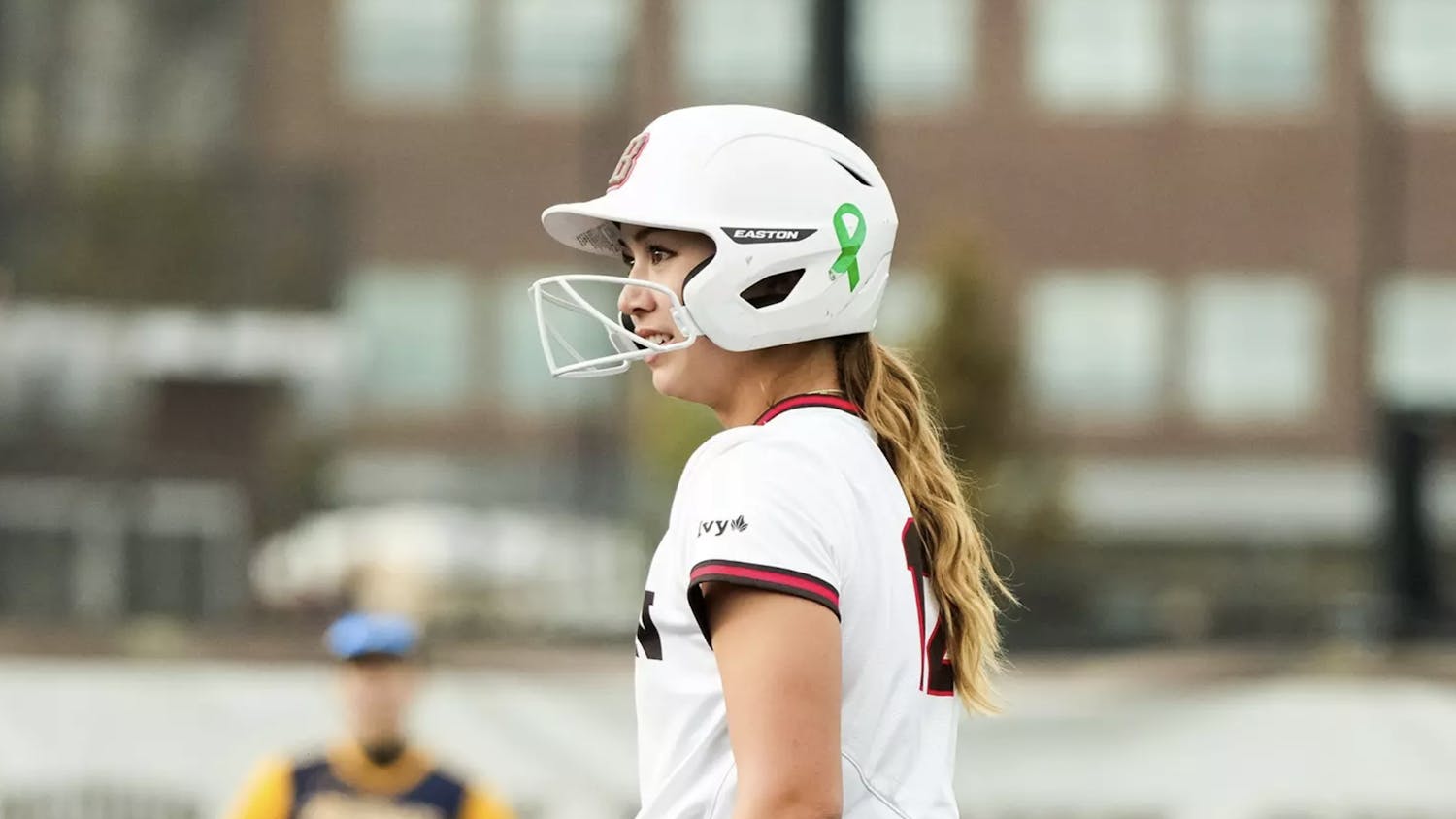The NCAA’s annual college basketball tournament is one of America’s most cherished sporting traditions, and this year’s edition of March Madness has been particularly special. There have been exhilarating games and epic collapses, buzzer beaters and a record number of games that have gone into overtime. All these factors have contributed to an unprecedented number of viewers tuning in to catch a glimpse of the action.
But the truth of the matter is that most viewers are watching for one reason: to see David conquer Goliath. Sure, people have office pools and cheer for their alma maters, but what makes March Madness so special are the upsets, and this year’s tournament has featured a bevy of them. Upsets are exciting, unpredictable and make for compelling television. It seems people can more easily relate to the Florida Gulf Coast University and Virginia Commonwealth University squads of the world than to the Dukes and Louisvilles. Interestingly enough, a 1991 study published by researchers at Bowling Green State University found that 81 percent of viewers rooted for the “less favored” team over the course of the tournament.
From the very get-go, this year’s tournament has given the average fan plenty to cheer about. The first game of the so-called “second round” (which, by the way, is the most inane moniker in all of sports) saw the Dayton Flyers upset highly favored Ohio State. From there, schools like Stephen F. Austin State, Mercer College, North Dakota State and even our fellow Ivy Harvard scored wins in games they were heavily favored to lose. While all the aforementioned team, except Dayton, which also upset Syracuse, failed to win after the first round, upsets continued to take place.
In fact, this weekend’s Final Four will be only the third in the history of the tournament to feature two teams seeded seventh or worse (2000 and 2011 were the other two instances). So, which small schools transcended their status to crash college basketball’s premier event? What previously unknown programs are this year’s George Mason and Butler? The answers, of course, are Kentucky and Connecticut, the proverbial little engines that could.
Two of this year’s biggest “Who the hell are they?” teams going into the tournament, Kentucky and the University of Connecticut, have both proven they deserve to be treated with the same level of respect afforded the traditional blue bloods of college basketball. Kentucky, a team starting five first-years, wasn’t expected to make it past the second round (I mean their second game. But it’s called the third round. Seriously, screw this naming system) where they were set to face traditional powerhouse Wichita State, the nation’s only undefeated team headed into the tournament. But Kentucky would not be denied its 15 minutes of fame. In arguably the tournament’s most exciting game, the young Wildcats showed the nation that their feet were just the right size for Cinderella’s slippers, beating one of the country’s most storied programs 78-76. They shocked the Shockers and then went on to make March Madness history by beating both last year’s champion (Louisville) as well as last year’s national runner-up (Michigan) in their next two games. Based on its performance so far, Kentucky has earned its place among the NCAA tournament’s most memorable giant-killers.
UConn has been equally impressive as Kentucky. Like the Wildcats, the Huskies were not expected to make it out of the second (damn it, third) round, where they faced off against Villanova. Despite their status as longshots, UConn went on to win that game as well as their next two contests against Iowa State and Michigan State, proving that Kevin Garnett was correct when he yelled “Anything is possible!” following Game 6 of the 2008 NBA Finals.
Hopefully, those familiar with the landscape of college basketball were able to recognize that the last two paragraphs were written with my tongue firmly in my cheek. Kentucky and Connecticut are two of the most successful basketball programs in the nation and, despite their seeding this year, not a soul should be surprised they made it to the Final Four. The narrative that is being disseminated by media outlets like ESPN and Bleacher Report is that these two teams are underdogs who have overcome staggering odds to make it all the way to the Final Four.
Though both teams have had their problems throughout the year, they are universally recognized as exceptionally talented teams. Sure, Kentucky starts five first-years, but those five players constitute one of the most talented recruiting classes in the history of college basketball. And yes, UConn had its problems rebounding and playing defense, but the Huskies are led by one of the country’s most dynamic playmakers Shabazz Napier and are coached by rising star Kevin Ollie. Both of these teams had huge expectations at the beginning of the season, and by making the Final Four, they have effectively lived up to them.
So please, let’s stop calling Kentucky and UConn underdogs and recognize them for what they really are: national championship contenders that are performing like they were expected to.
Nate Svensson ’14 is a traditional powerhouse, and his compliance director can be reached at nathan_svensson@brown.edu.
ADVERTISEMENT




